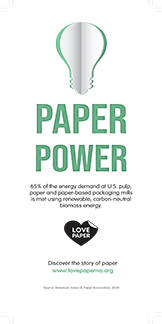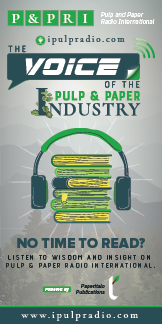West Fraser Timber posted second-quarter sales of $1.532 billion, adjusted EBITDA of $84 million (6 % of sales), and a net loss of $24 million, or $0.38 per diluted share.
The company held $646 million in cash and short-term investments at June 27, invested $78 million in capital expenditures, paid $25 million in dividends ($0.32 per share), repurchased 448,001 shares for $33 million under its normal course issuer bid, and declared a $0.32 per share dividend for Q3 2025.
"Demand for many of our wood-based building products slowed in the second quarter as spring building activity fell short of our expectations," said Sean McLaren, West Fraser's President and CEO, noting further easing in the North America EWP segment consistent with softer U.S. new home construction.
In response, West Fraser narrowed its 2025 spruce-pine-fir shipment target to 2.6-2.8 billion board feet (from 2.7-2.9 billion) and southern yellow pine to 2.4-2.6 billion board feet (from 2.5-2.7 billion). It also reduced North America OSB guidance to 6.3-6.5 billion square feet (3/8-inch basis), down from 6.5-6.8 billion square feet, while reiterating Europe OSB shipments of 1.0-1.25 billion square feet amid macroeconomic uncertainties.
The global pulp market faces disruption from U.S. tariffs, and the company anticipates northern bleached softwood kraft pricing weakness near-to-medium term, planning a two-week Cariboo mill outage for annual maintenance. Input costs, including resins, chemicals, and contract labour, remained stable in Q2, and the company expects continued improvements in labour availability and equipment lead times in H2 2025.






















